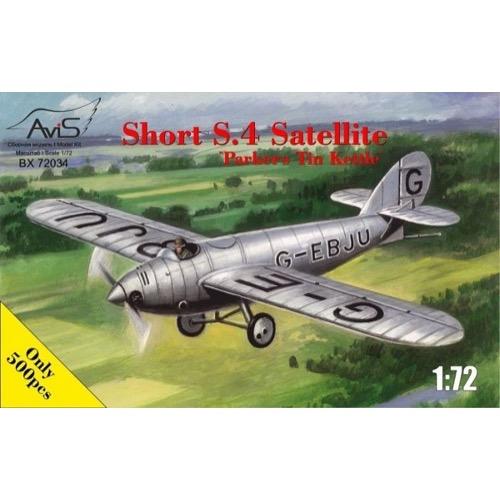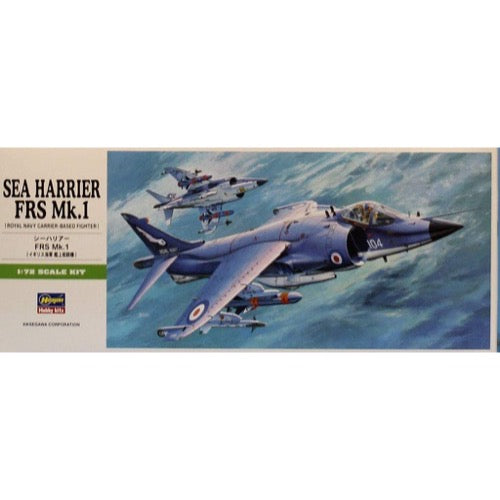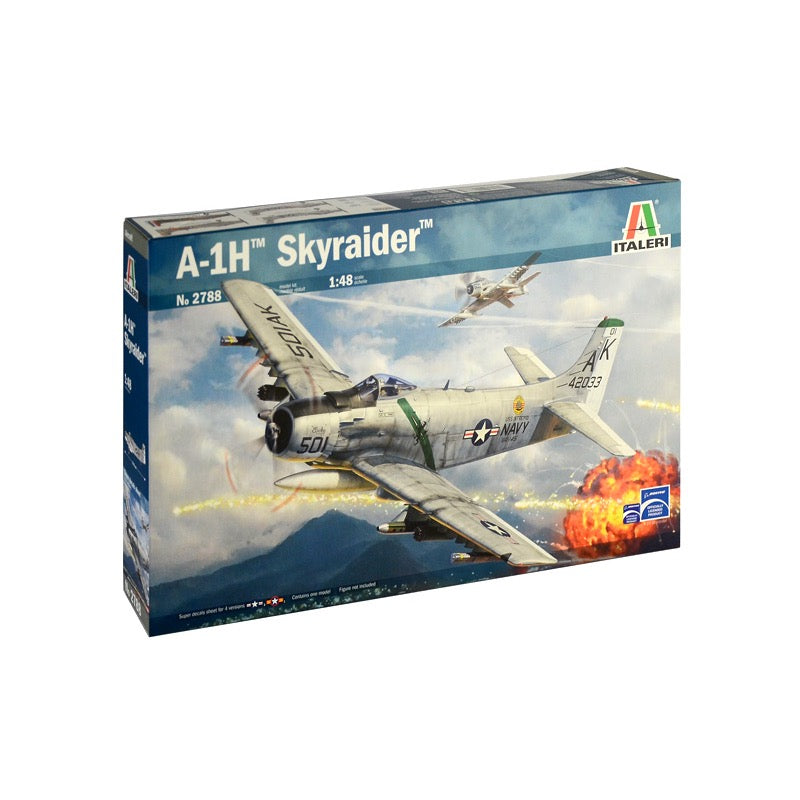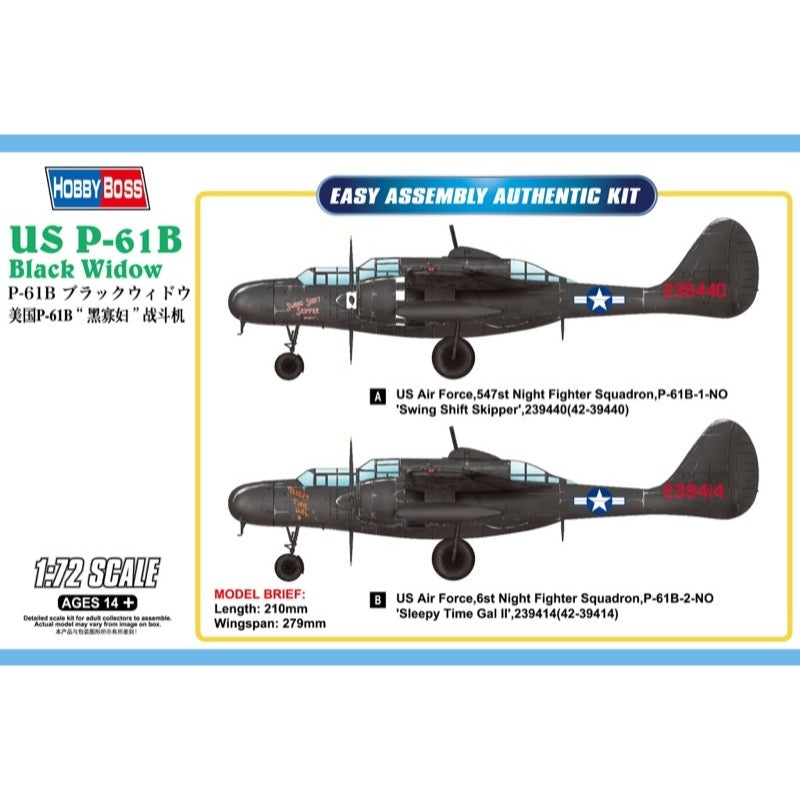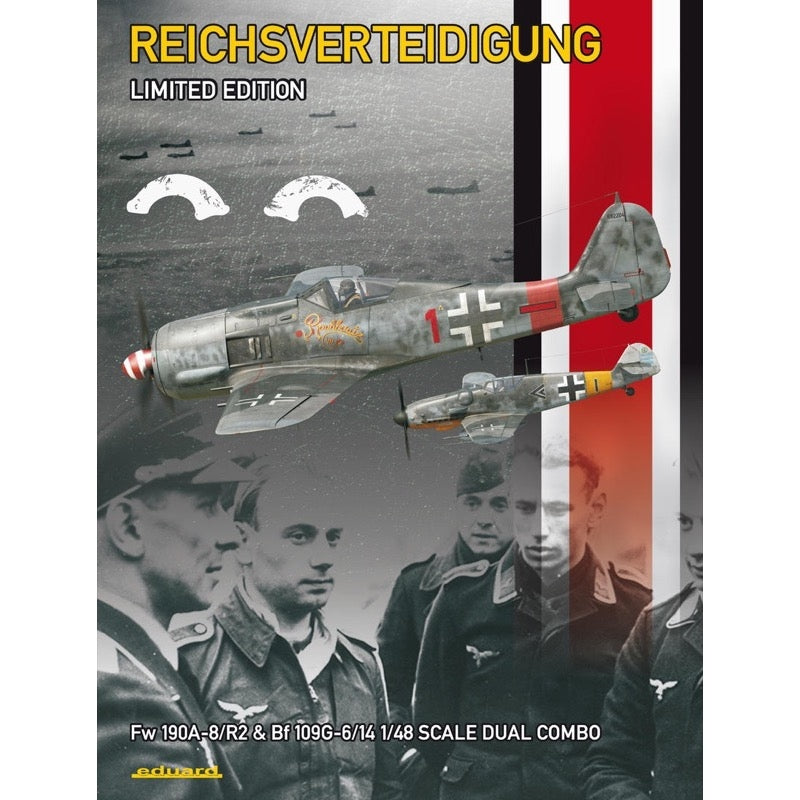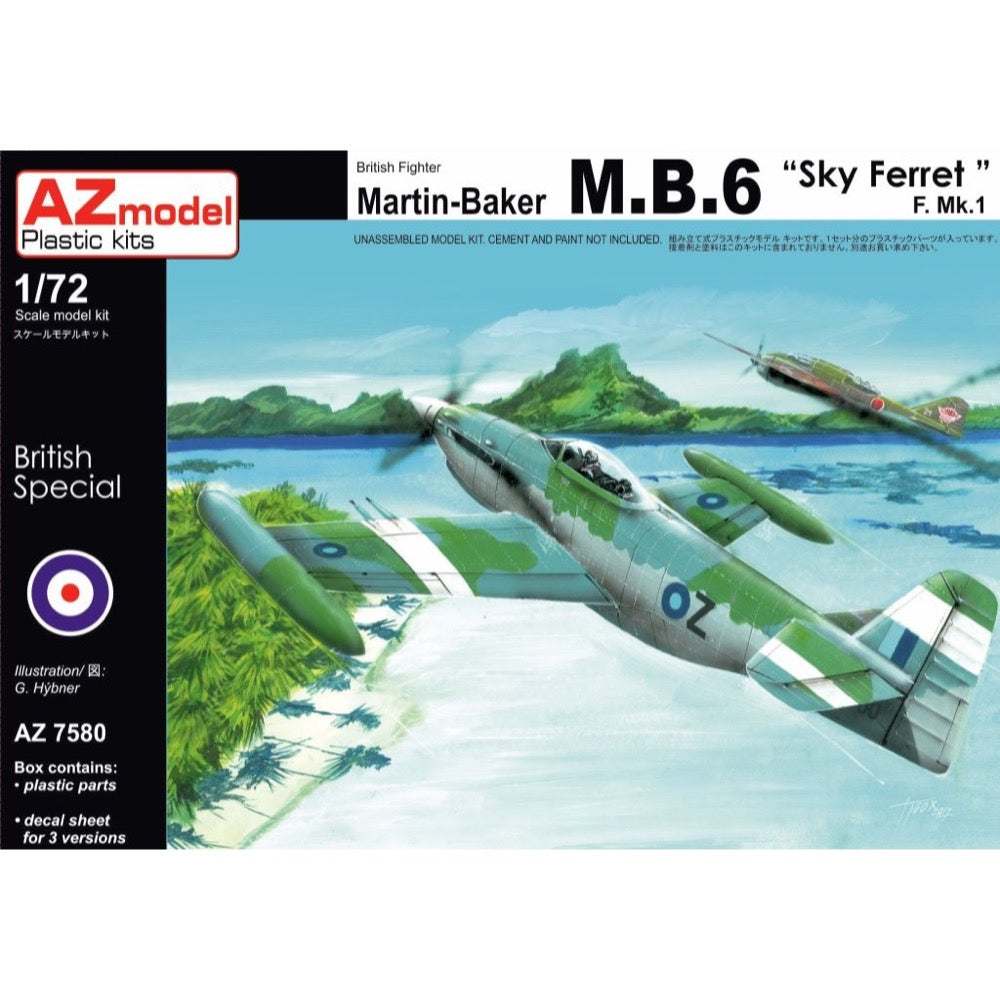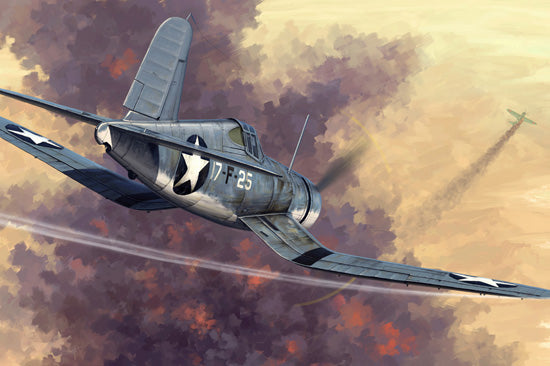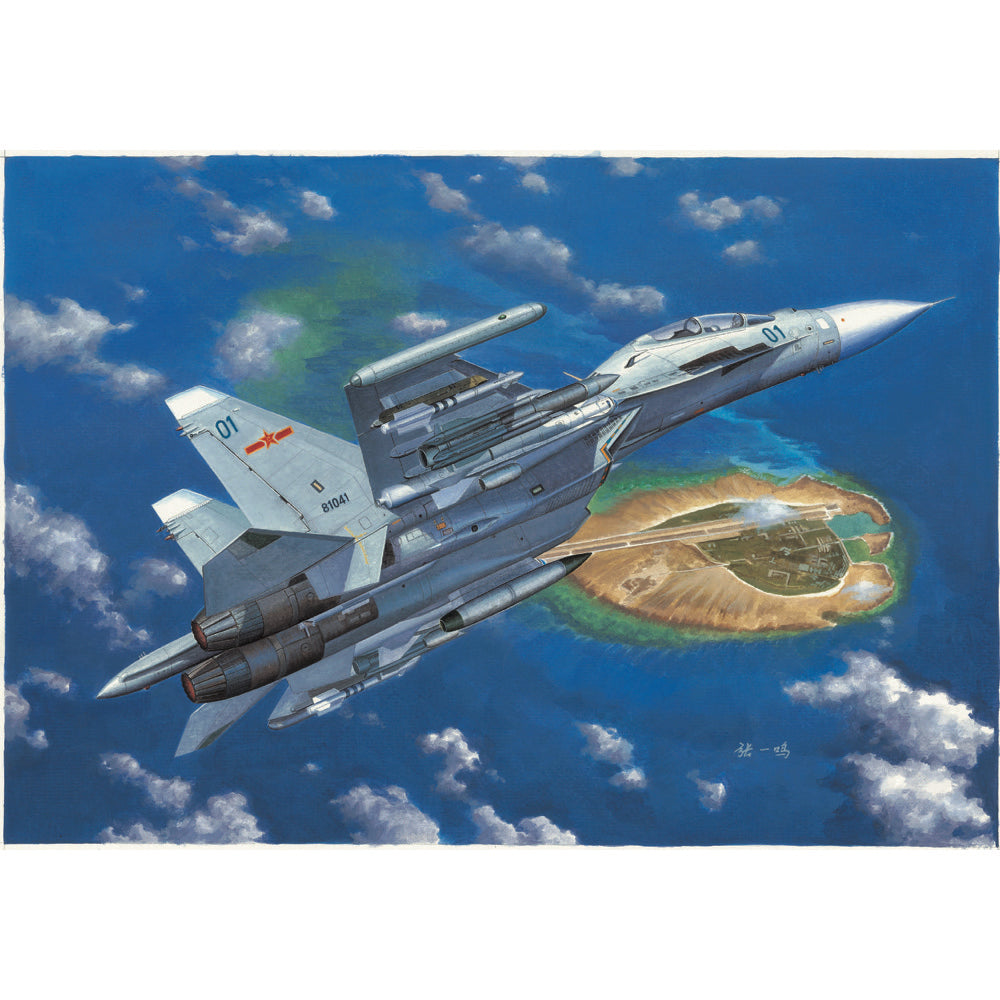
Trumpeter 01659 1/72 SU-30MKK Flanker G*
19.00
$
<h3>Trumpeter 01659 1/72 SU-30MKK Flanker G</h3>
<p>The Sukhoi Su-30MKK Flanker-G is a modification of the Su-27SK since 1999. It is considered an upgraded version of Sukhoi Su-30. It was jointly developed by Russia and China. It is a heavy class, all-weather, long-range strike fighter, comparable to American F-15E. Su-30MK2 is a further improvement to SU-30MKK with upgraded avionics and maritime strike capabilities. The MKK and MK2 are currently operated by the People's Republic of China,</p>

Roden 027 1/72 Heinkel 111E
13.00
$
<p>At the end of 1936 the Heinkel Company began research with the aim of modernizing the early version of the He 111, the B-type. These tests went in three different directions: new powerplants, a new wing development that had to be easier to manufacture, and a new fuselage nose section.</p>
<p>The He 111B was equipped with DB600 engines which rated 950 hp. Maximum speed of the He 111B-2 was only 370 km/h - not enough for new Luftwaffe requirements.</p>
<p>At the beginning of 1937 the prototype He 111V6 fitted with the new Jumo 211 engine took off from the Heinkel factory's airfield. Its performance was better than that of the B-type - speed increased by 20 km/h. However, the Jumo 211 had many defects, and the plane was returned to the factory. At the same time another new modification, the He 111D - with 'old' DB600 engines - reached a maximum speed of 410 km/h; this compared well with contemporary fighters from other countries. Nevertheless, the Heinkel company believed that the Jumo 211 engine had high potential, and the He 111D program was cancelled soon afterwards.</p>
<p>In January 1938 the first 'Emils' (unofficial name of the He 111E) left the factory. The engine's problems were eliminated and the new type reached a maximum speed of 425 km/h (cruising speed with a 2000 kg bomb load was 380 km/h). Mass production of this modification started immediately.</p>
<p>The first Jumo-engined version of He 111 started to arrive in combat units in the summer of 1938. The first one to receive the type was Kampfgeschwader 1 'Hinderbur' - the Luftwaffe's elite unit.</p>
<p>The Condor Legion, which still continued to fight in the skies of Spain at that time, lost nearly 30 He 111Bs in action. These losses had to be compensated for, and starting in the summer of 1938, 35 He 111Es were delivered to this unit (25 machines of the E-1 type during summer-autumn and 10 machines of the E-3 type during the winter of the same year).</p>
<p>In mass production, the He 111 was given further minor improvements (mainly in special equipment, defensive armament and installation of additional fuel tanks). 220 He 111Es were built in total. At the end of 1938, the He 111P 'second generation one-eleven' was successfully tested. All He 111Es that were still in service were passed on to the training units before September 1st 1939, when WWII started.</p>
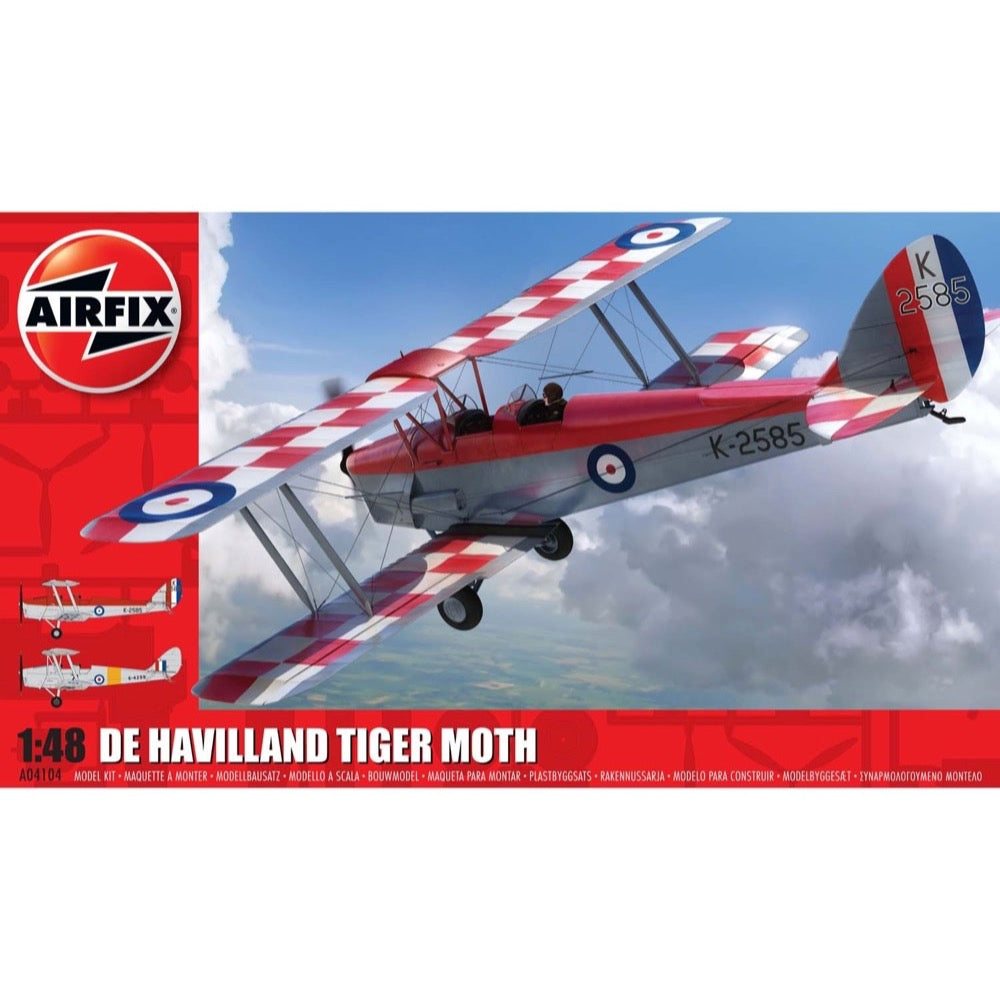
Airfix A04104 1/48 De Havilland DH82a Tiger Moth
18.00
$
<p>Even though the classic de Havilland Tiger Moth has to be considered one of the most important aircraft in the history of British aviation, it rarely receives the popular respect it deserves and is usually in the shadow of more glamourous types, such as the Supermarine Spitfire and de Havilland's own Mosquito. Despite this, without the availability of thousands of Tiger Moths to train a constant stream of pilots for military and civilian service, Britain and her Commonwealth would have been in real trouble during WWII and most pilots who would go on to fly the numerous Allied aircraft types of the Second World War would have learnt their trade on this classic training aircraft.</p><p>Coming from a successful line of biplane designs, the DH.82 Tiger Moth made its first flight in October 1931 and was the result of the Companys founder wanting to produce an aircraft superior to its predecessors, whilst possessing enough appeal to attract interest from several different aviation sectors. Its success resulted in an immediate order from the RAF, who viewed the aircraft as an ideal primary trainer for pilots beginning on their flying careers and destined to fly their latest front line aircraft. Their modest original order was followed up by several subsequent orders and as the world descended into conflict in 1939, the Royal Air Force would have around 500 Tiger Moths on strength. Many more examples were owned by flying clubs all over the country and many of these would also being pressed into military service, due to the need to train as many new pilots as possible.</p><p>With its growing reputation, the aircraft also secured many overseas orders, ensuring that the de Havilland production lines were fully committed in supplying this superb aircraft. From the perspective of the student pilot, the Tiger Moth was a relatively stable and forgiving aircraft to fly, with few handling vices and generally supportive of the odd silly mistake. It has been described as an easy aeroplane to fly but a difficult one to fly well, which seemed to have made this the ideal aircraft to serve as a primary/basic trainer for large numbers of future pilots destined for the war effort. As Britain prepared for invasion during the early summer of 1940, there were plans for the gentle natured Tiger Moth to show a much more aggressive side and support the Spitfire and Hurricane pilots they had previously trained. Operation Banquet called for the use of every available aircraft in the defence of Britains coastline, attacking any potential invasion force by all means at their disposal. This would see even the most unlikely of aircraft equipped with bomb racks and given a new offensive capability. Should a German invasion have been attempted, there would have been the very real possibility of swarms of bomb laden Tiger Moths raining fury on the enemy troops below, as Britain used every means in her power to ensure the failure of such a cross channel incursion.</p><p>Thankfully, due in no small part to the qualities of this effective pilot maker and the resolve of the Royal Air Force, German invasion plans were indefinitely postponed following the Luftwaffe's inability to score a decisive victory during the Battle of Britain. With many Tiger Moths remaining in airworthy condition, it is interesting to consider that this famous basic training aircraft is still doing the same job today as it did during its service introduction in the 1930s. The magnificent Tiger Moth allows potential Warbird pilots the opportunity to gain valuable experience flying a taildragger aircraft, before eventually moving on to display the Spitfires and Mustangs which thrill the crowds at Airshows all over the world.</p><p>BAE SYSTEMS is a registered trade mark of BAE Systems plc.</p><h3>Specifications</h3><ul>
<li>Item Length - Without Packaging (cm): 16.15</li>
<li>Item Height - Without Packaging (cm): 4.5</li>
<li>Item Width - Without Packaging (cm): 21.79</li>
<li>How many pieces will be found in the box opened by the customer?: 91</li>
<li>Item Scale: 1:48</li>
<li>License line: BAE SYSTEMS is a registered trade mark of BAE Systems plc.</li>
<li>Contents (what's in the box) sets: Sprues & decals</li>
<li>Finish: Plastic</li>
<li>Number of Scheme options: 2</li>
<li>Skill Level: 2</li>
<li>Flying Hours: 1</li>
</ul>


